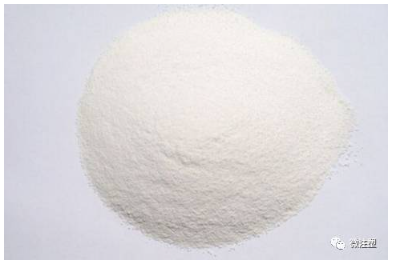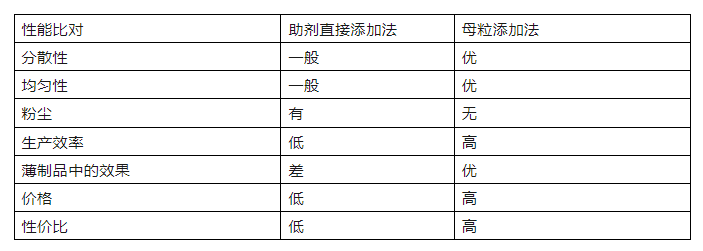Common Anti-Aging Methods for Plastic Materials and Comparative Analysis
Polymeric materials have indeed become essential in every aspect of modern life, and the latest advances in their production and processing have further expanded the application range of plastics. In certain applications, polymeric materials have even replaced other materials such as glass, metal, paper, and wood.
The inherent structural characteristics and physical state of polymer materials, along with external factors such as heat, light, thermal oxygen, ozone, water, acids, bases, microorganisms, and enzymes encountered during use, can lead to a decline or loss of performance in applications. This may manifest as yellowing, a decrease in relative molecular weight, surface cracking of products, and loss of gloss. More seriously, it can result in a significant reduction in mechanical properties such as impact strength, tensile strength, and elongation, thereby affecting the normal use of polymer materials.
This phenomenon is referred to as aging. Aging can occur at various stages of the synthesis, storage, processing, and final application of polymer materials, potentially leading to the end of the material's service life, resulting in significant waste of resources and severe environmental pollution. The aging of polymer materials during use is even more likely to cause catastrophic and irreparable losses.
Therefore, the anti-aging of polymer materials has become a problem that the polymer industry must address. In fact, the anti-aging of polymer materials is an important topic in polymer chemistry. Currently, there are four main methods to improve and enhance the anti-aging performance of polymer materials:
1. Physical protection (such as thickening, coating, outer layer composite, etc.)
The aging of polymer materials, especially photochemical and oxidative aging, begins at the surface of the material or product, exhibiting signs such as discoloration, chalking, cracking, and a decrease in gloss. It then gradually penetrates deeper into the material. Thin products are more prone to early failure compared to thick products; therefore, increasing the thickness of the products can extend their service life.
For products that are prone to aging, a layer of weather-resistant coating can be applied to their surface, or a layer of weather-resistant material can be compounded on the outer layer of the product, thereby adding a protective layer to the product's surface and delaying the aging process.

2. Improve the processing technology.
Many materials also face aging issues during synthesis or preparation processes. For example, the impact of heat during polymerization and thermal oxidative aging during processing. Accordingly, the influence of oxygen can be mitigated by adding deoxygenation devices or vacuum systems during polymerization or processing.
However, this method can only ensure the performance of the material at the time of production, and it can only be implemented from the source of material preparation, unable to address the issue of aging during reprocessing and use.
3. Structural design or modification of polymer materials
Many polymer materials contain groups in their molecular structure that are prone to aging. Therefore, through molecular structure design of the materials, replacing the easily aging groups with those that are less prone to aging can often yield good results.
Add anti-aging agents
Currently, an effective way to improve the aging resistance of polymer materials is to add anti-aging additives, which are widely used due to their low cost and the fact that they do not require changes to existing production processes. The main methods for adding these anti-aging additives are as follows:
Additive Direct Addition Method
The anti-aging additives (powder or liquid) are directly mixed with resins and other raw materials, then extruded and granulated or injection molded. This method of addition is simple and convenient, making it widely adopted by pelletizing and injection molding factories.
(2) Anti-aging masterbatch addition method
Manufacturers with high demands for product quality and stability more often use the method of adding anti-aging masterbatches during production.
The application advantage lies in the fact that the anti-aging agent is initially pre-dispersed during the preparation of the masterbatch. In the subsequent material processing, the anti-aging agent undergoes secondary dispersion, achieving uniform dispersion within the polymer material matrix. This not only ensures product quality stability but also avoids dust pollution during production, making the process more environmentally friendly.
The comparison of the two addition methods is shown in the table below:

Based on the above analysis, we recommend using anti-aging masterbatches as much as possible when applying anti-aging additives to improve the quality of the material.
【Copyright and Disclaimer】The above information is collected and organized by PlastMatch. The copyright belongs to the original author. This article is reprinted for the purpose of providing more information, and it does not imply that PlastMatch endorses the views expressed in the article or guarantees its accuracy. If there are any errors in the source attribution or if your legitimate rights have been infringed, please contact us, and we will promptly correct or remove the content. If other media, websites, or individuals use the aforementioned content, they must clearly indicate the original source and origin of the work and assume legal responsibility on their own.
Most Popular
-

List Released! Mexico Announces 50% Tariff On 1,371 China Product Categories
-

Nissan Cuts Production of New Leaf EV in Half Due to Battery Shortage
-

New Breakthrough in Domestic Adiponitrile! Observing the Rise of China's Nylon Industry Chain from Tianchen Qixiang's Production
-

Dow, Wanhua, Huntsman Intensively Raise Prices! Who Controls the Global MDI Prices?
-

Mexico officially imposes tariffs on 1,400 chinese products, with rates up to 50%






